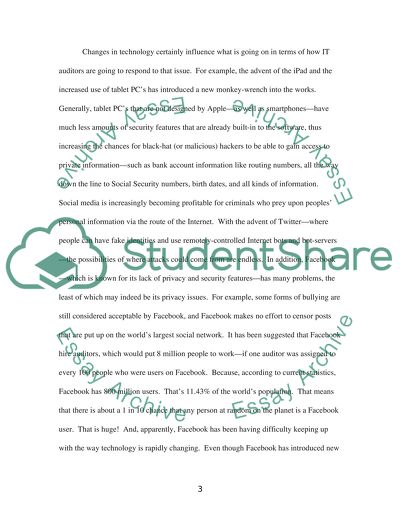Cite this document
(“The Segregation of Duties: IT Audit Essay Example | Topics and Well Written Essays - 2500 words”, n.d.)
Retrieved de https://studentshare.org/finance-accounting/1392811-it-audit-term-paper
Retrieved de https://studentshare.org/finance-accounting/1392811-it-audit-term-paper
(The Segregation of Duties: IT Audit Essay Example | Topics and Well Written Essays - 2500 Words)
https://studentshare.org/finance-accounting/1392811-it-audit-term-paper.
https://studentshare.org/finance-accounting/1392811-it-audit-term-paper.
“The Segregation of Duties: IT Audit Essay Example | Topics and Well Written Essays - 2500 Words”, n.d. https://studentshare.org/finance-accounting/1392811-it-audit-term-paper.


